Description
Edited by two leaders in the field, Invertebrate Learning and Memory offers a current and comprehensive review, with chapters authored by experts in each topic. The volume takes a multidisciplinary approach, exploring behavioral, cellular, genetic, molecular, and computational investigations of memory. Coverage includes comparative cognition at the behavioral and mechanistic level, developments in concepts and methodologies that will underlie future advancements, and mechanistic examples from the most important vertebrate systems (nematodes, molluscs, and insects). Today we struggle with the question whether cognitive faculties such as learning and memory formation can be reduced to ubiquitous cellular functions, and what such a reduction might mean. The concepts presented in this text are also radical in the sense that they break with the speculation that the information of acquired memories is stored in molecules like RNA. Meanwhile, it is well accepted in neuroscience that neural circuits acquire new information by changing network properties on the level of specified neurons and their synaptic connections. Multiple key elements contribute to these adaptations, and it is the task of today’s neuroscience to unravel the complex hierarchies of interactions from the molecular to the systems level in solving the problem of predicting future behavior from experience in the past. 602 p.
Series: Handbooks of Behavioral Neuroscience (Academic Press)

- Randolf Menzel, Editor. Freie Universität Berlin, Berlin (Germany).
- Paul R. Benjamin, Editor. School of Life Sciences, University of Sussex, Brighton (UK).
- Publication date (reprint original edition 2013 to digital version): 2021-06 – Academic Press.

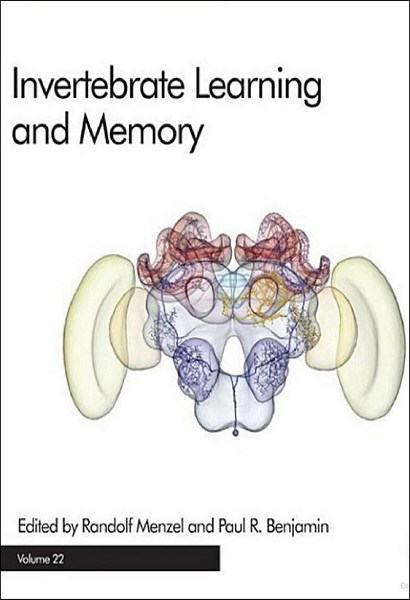
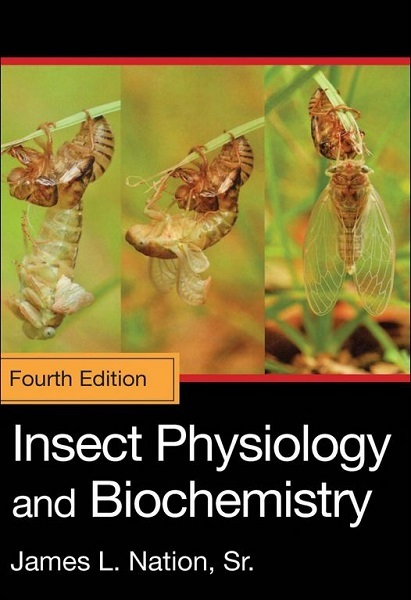



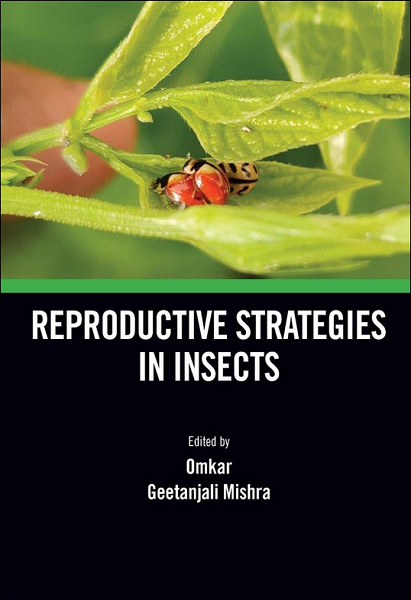
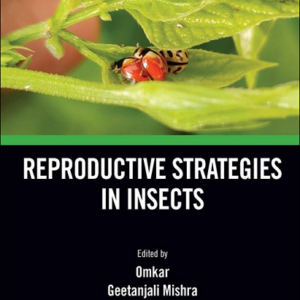
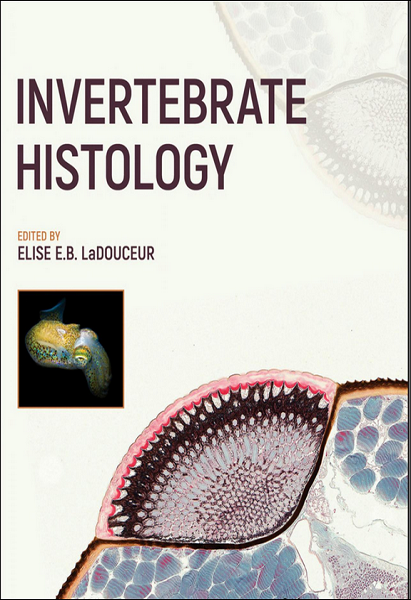

You must be logged in to submit a review.